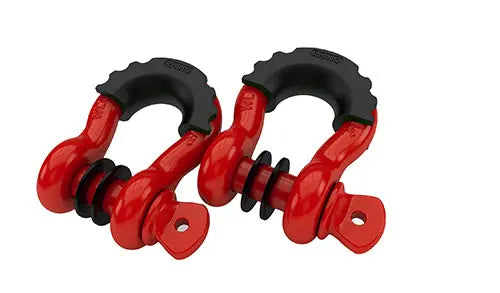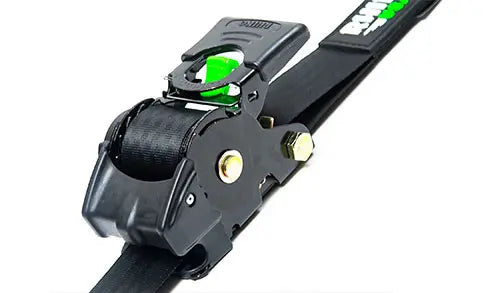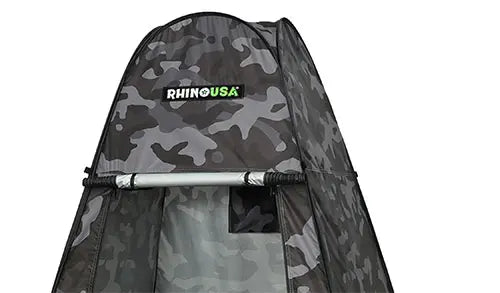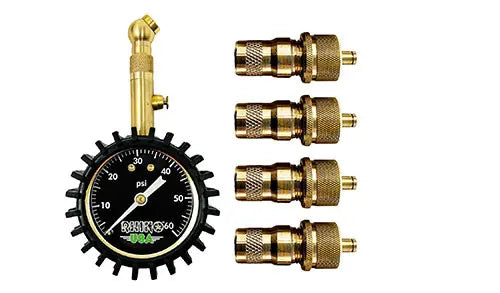Fleet insurance covers all your business vehicles under one policy, making it an efficient solution for companies with multiple cars, trucks, or vans. This type of insurance is ideal for businesses of all sizes that operate a fleet, providing comprehensive protection against a range of risks like accidents, theft, and natural disasters.
It's crucial to have proper fleet insurance to avoid the administrative headache of managing multiple individual policies. Having fleet insurance ensures that all your vehicles and drivers are protected under a single, customizable plan, saving you time and money. By consolidating your coverage, you also reduce the chances of any vehicle being uninsured, which could lead to costly legal and financial consequences.
When you choose fleet insurance, you gain flexibility because policies can be tailored to meet the specific needs of your business. This customization allows you to focus on other important aspects of running your business, knowing your fleet is adequately covered and compliant with legal requirements.
When is Fleet Insurance Required?
Fleet insurance is essential for businesses that operate multiple vehicles.
Minimum Vehicle Thresholds
Usually, fleet insurance is required when you have a minimum number of vehicles. This number can vary, but it typically starts at two to five vehicles. These vehicles must be used for business purposes to qualify.
State-Specific Requirements
Requirements for fleet insurance can differ by state. You need to check local regulations to understand the exact requirements in your area. For specific state requirements, you can refer to resources like this guide.
Federal and Commercial Needs
Besides state requirements, federal laws also play a role, especially for businesses that operate across state lines. Additionally, commercial needs may demand fleet insurance to protect your vehicles, drivers, and cargo efficiently.
Types of Vehicles Covered
Fleet insurance can cover a variety of vehicles, including:
- Cars
- Vans
- Trucks
- Specialty vehicles
This flexibility helps in managing coverage for different types of business needs.
Legal Compliance
In many regions, having fleet insurance ensures that your business is in compliance with laws requiring commercial vehicle insurance. Failure to comply can result in penalties, which makes it crucial to understand and meet these laws.
Core Coverages in Fleet Insurance
Liability Coverage is a key part of fleet insurance. It includes Bodily Injury Liability and Property Damage Liability. Bodily injury covers medical expenses for people injured in an accident involving your vehicles. Property damage pays for repairs if your vehicle damages someone else’s property. This coverage is essential for protecting your business from high costs resulting from accidents.
Another important coverage is Collision Coverage. This pays for damage to your vehicles if they are involved in a collision with another vehicle or object.
Comprehensive Coverage protects your vehicles from non-collision-related damages. This includes theft, vandalism, and natural disasters like floods or fires.
You should also consider Uninsured/Underinsured Motorist Coverage. This coverage safeguards your fleet if one of your vehicles is hit by a driver who has little or no insurance.
Using these core coverages, you can help ensure that your fleet is protected against a wide variety of risks.
Additional Factors Affecting Fleet Insurance Costs
Driver History: The driving records of your employees play a big role in determining your premiums. If your drivers have clean records, your insurance costs could be lower. On the other hand, records with accidents or violations can increase the costs.
Vehicle Types: The kind of vehicles in your fleet matters. For instance, cars might be cheaper to insure than trucks or specialty vehicles. The make, model, and age of the vehicles also impact the insurance rates.
Location of Operation: Where your fleet operates can affect your insurance premiums. If your vehicles travel in areas with high traffic or high crime rates, the insurance can be more expensive. Conversely, operating in safer, low-traffic areas might lower costs.
Claims History: Your company's past insurance claims can influence current insurance costs. Frequent claims may lead to higher premiums as insurers may see your fleet as a higher risk. A clean claims history can help you get better rates.
Usage and Mileage: How often and how far your vehicles are driven can also impact insurance costs. High mileage and frequent use can increase wear and tear, leading to higher premiums. Fleets with lower usage might enjoy lower insurance costs.
Safety Features: Equipping your fleet with safety features can reduce insurance costs. Features like anti-lock brakes, airbags, and GPS tracking systems make your vehicles safer and cheaper to insure.
Fleet Size: The number of vehicles in your fleet has a direct impact. More vehicles mean higher potential risk, but bundling them under one policy can sometimes result in discounts.
Tips for Getting Competitive Fleet Insurance Quotes
Shop Around: Always compare quotes from multiple insurers. This helps you find the best deal for your fleet. Different insurers may offer different rates and coverage options.
Accurate Information: Provide accurate details about your fleet. This includes the number of vehicles, their types, and usage. Insurers base their quotes on the information you give them, so accuracy is crucial.
Ask About Discounts: Some insurers offer discounts for safety programs or telematics. If your fleet has these features, be sure to mention them. It could save you money on your premiums.
Consider Coverage Options: Think about what coverage you need. Comprehensive coverage might cost more but can save you money in the long run if an accident occurs.
Bundle Policies: If you have other insurance needs, consider bundling. Many insurers offer discounts if you purchase multiple policies from them.
Review Annually: Insurance needs may change over time. Review your policy every year to ensure it still meets your needs and to find any new discounts or better rates.
Maintaining Fleet Safety for Lower Insurance Costs
Driver Training and Safety Programs
Investing in driver training is essential for fleet safety. By educating drivers on safe practices, you can reduce accidents and keep insurance rates down. Training should cover defensive driving, proper vehicle handling, and compliance with regulations. Safety programs that reward good driving behavior can also motivate drivers to follow best practices.
Regular Vehicle Maintenance
Regular vehicle maintenance is crucial in minimizing risk. Well-maintained vehicles are less likely to break down or be involved in accidents. Schedule routine inspections and repairs to ensure all parts of your fleet are in top condition. Keeping detailed maintenance records can also help when negotiating insurance premiums.
Benefits of Maintaining Fleet Safety
-
Lower Insurance Costs: Safe fleets usually qualify for lower insurance rates.
-
Reduced Accidents: With proper training and maintenance, you're likely to have fewer incidents.
-
Better Reputation: A safety-focused fleet attracts and retains quality drivers.
Key Actions to Take
- Implement a driver training program.
- Schedule regular vehicle maintenance.
- Keep thorough maintenance and training records.
- Use safety technology to monitor driver behavior.
Keeping your fleet safe not only protects your drivers but also helps manage and reduce insurance costs.
Common Mistakes to Avoid When Obtaining Fleet Insurance
1. Underinsuring Your Fleet
Trying to save money by cutting back on coverage can be risky. Inadequate insurance may result in high out-of-pocket costs if an accident occurs. Make sure your fleet has enough coverage to handle potential risks.
2. Not Disclosing All Relevant Information
It's crucial to provide your insurer with complete and accurate details about your fleet. Omitting or misrepresenting information can lead to claim denials or policy cancellations. Be transparent about the number of vehicles, their usage, and driver information.
3. Ignoring Specific Needs
Each business has unique needs. Don't settle for a one-size-fits-all policy. Customize your coverage to suit your business operations. This can include specialized coverage for cargo, specific vehicle types, or high-risk areas.
4. Not Reviewing Policies Regularly
Failing to review and update your insurance policy can leave gaps in coverage. Regularly check if the current policy meets your fleet's needs. Update it to include new vehicles, changes in usage, or new legal requirements.
5. Choosing Based on Price Alone
Cheaper isn't always better. While it's important to manage costs, the lowest priced policy may not provide adequate coverage. Consider the long-term benefits and risks associated with the policy.
6. Overlooking the Risk Profile
Every fleet has a different risk profile. Some fleets may operate in high-risk areas or carry valuable cargo. Assess your fleet's risk profile and ensure the policy matches these risks to avoid unexpected losses.
7. Skipping Legal Compliance
Ensure your fleet insurance complies with all relevant federal and state laws. Legal requirements can vary, so make sure your policy fulfills both local and broader regulations. This can prevent potential fines and legal issues.
Conclusion
Fleet insurance can be a valuable tool for businesses with multiple vehicles. Combining all your vehicles into one policy can streamline your coverage process and save money.
Key takeaways include:
- Eligibility typically requires a minimum number of vehicles.
- Coverage can be customized for your specific needs.
- It helps ensure legal compliance and protects your assets.
Consult with an insurance professional for personalized advice tailored to your business needs.

















